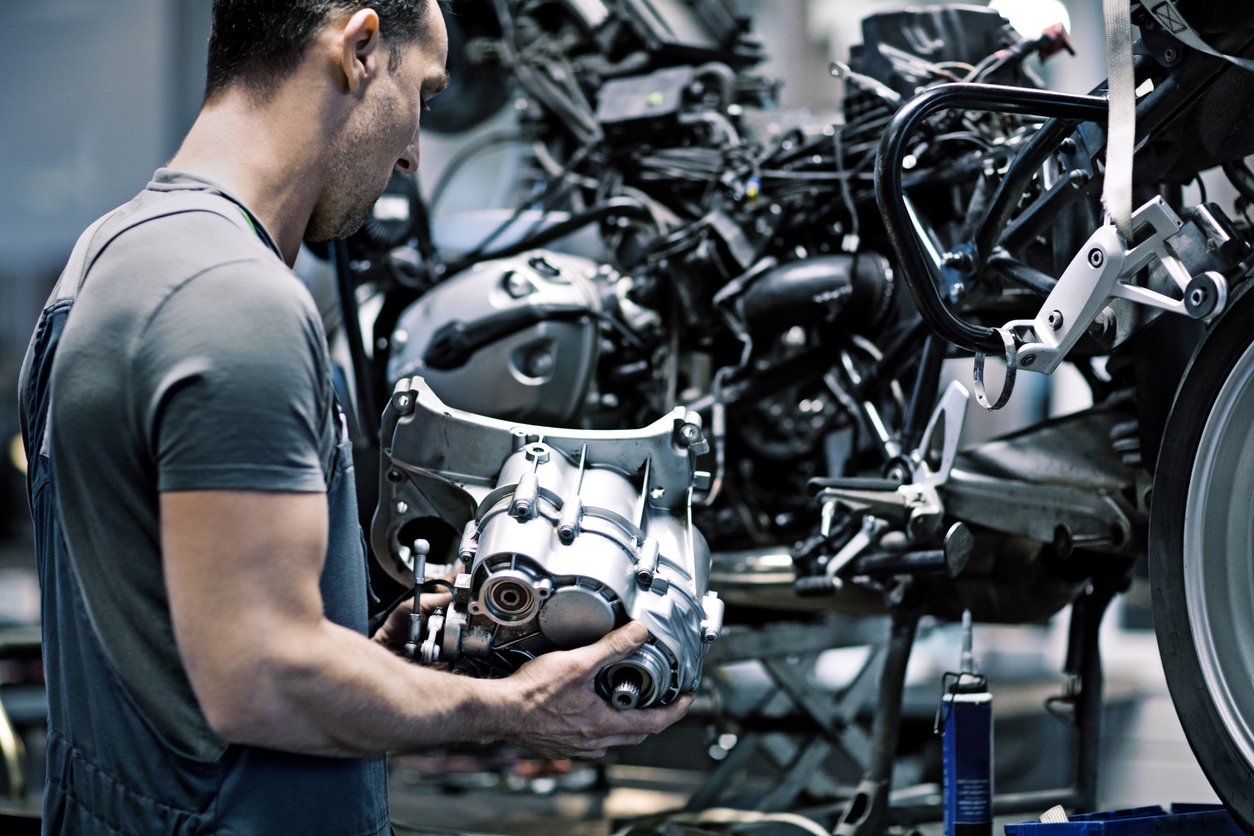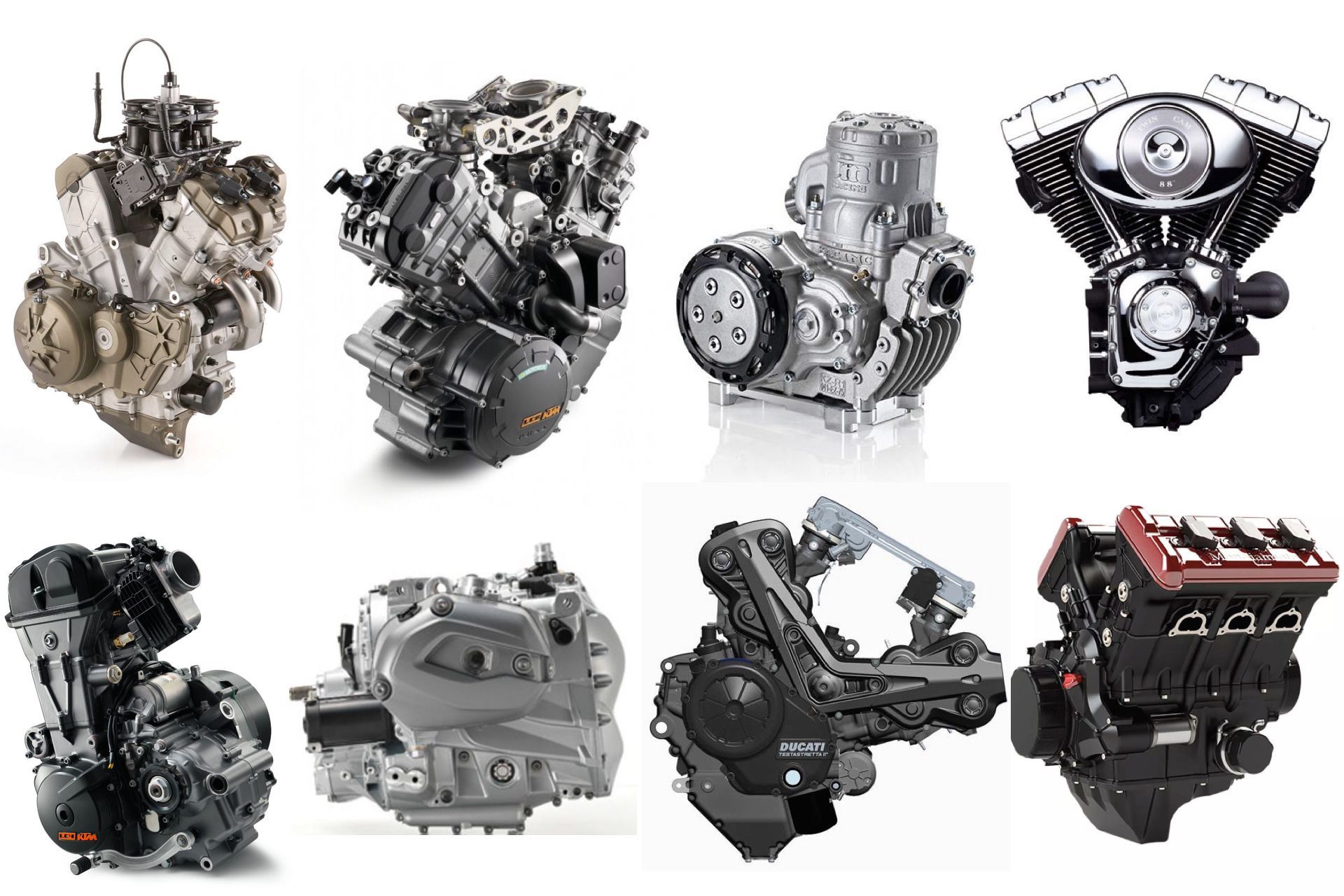Mar 5, 2025
Motorcycle Engines Explained: A Beginner’s Guide
Introduction to Motorcycle Engines
Motorcycle engines are the heart of any bike. They give life to the machine, enabling it to move and perform. As a new rider or enthusiast, understanding how these engines work can enhance your riding experience. This section aims to explain the basics of motorcycle engines in a way that’s easy to understand.
At their core, motorcycle engines explained simply, convert fuel into mechanical power. This process involves igniting fuel inside the engine, which creates a controlled explosion. The force from this explosion pushes against pistons. These pistons then turn the crankshaft, and this motion ultimately drives the wheels of the motorcycle.
There are several types of motorcycle engines, each with unique characteristics. These include the basic single-cylinder engines, which are common in smaller bikes and off-road motorcycles. Parallel-twin engines offer a balance of power and smoothness, whereas V-twin engines are famous for their distinctive sound and performance. More complex designs like inline-four engines deliver high power and are often found in racing motorcycles. Other types, such as boxer engines, have their unique advantages too.
It’s crucial to understand that motorcycle engines require regular care. Proper maintenance ensures longevity and reliability. Additionally, knowing about engine displacement helps you understand a motorcycle’s power potential. It’s also fascinating to learn how motorcycle engines differ from car engines. These differences are key to why motorcycles are able to provide such a distinct and thrilling riding experience.
In the following sections of this guide, we will delve deeper into the various types of motorcycle engines, how they operate, and how to maintain them for optimal performance. Whether you plan to upgrade your motorcycle or simply wish to gain more knowledge, this guide will equip you with the fundamental understanding necessary to appreciate the marvel of motorcycle engines.
Types of Motorcycle Engines
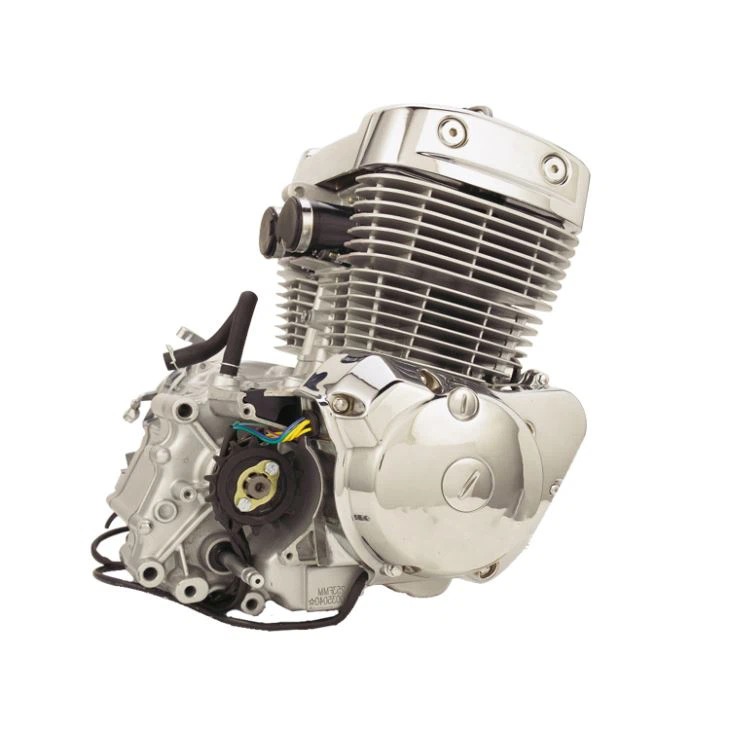
Motorcycle engines are diverse, each type offering unique characteristics and benefits. Knowing the differences helps in selecting the right motorcycle for your needs.
Single-Cylinder Engines
Single-cylinder engines, or ‘thumpers,’ are the simplest form, often found in entry-level bikes. They are lightweight, making them ideal for off-road and commuter motorcycles. Their simple design means easier maintenance and lower costs.
Parallel-Twin Engines
Parallel-twin engines feature two cylinders aligned next to each other. This setup offers a good balance of power, efficiency, and smooth operation. They are commonly used in a variety of motorcycles, from adventure bikes to roadsters.
V-Twin Engines
V-twin engines have a distinct configuration with two cylinders in a ‘V’ shape. They are known for their torque-rich performance and the iconic rumble that riders love. These engines are a staple in cruiser and custom motorcycles.
Inline-Four Engines
Inline-four engines contain four cylinders in a straight line. They are high-revving and powerful, favored in sports and superbikes for their high-performance output. The engineering behind these engines contributes to a balance of speed and control.
Boxer Engines and Others
Boxer engines feature horizontally opposed cylinders which contribute to a low center of gravity and smooth operation. Other engine types you might encounter include triple-cylinder and electric motors, each with their innovations and riding experiences.
Basic Engine Operation and Terminology
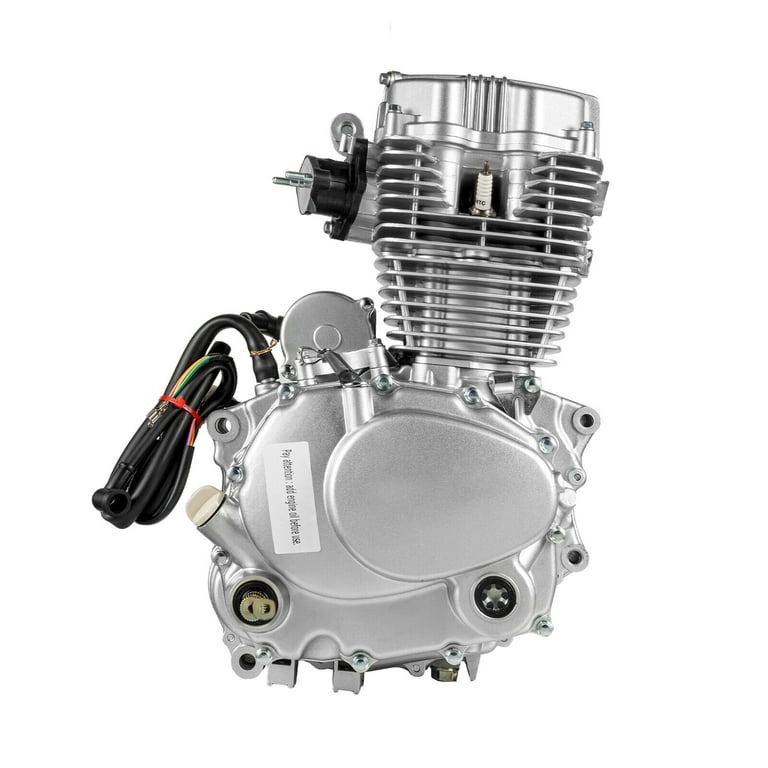
To truly grasp how motorcycle engines function, it’s essential to understand some basic operation principles and terminology. This knowledge not only demystifies the internal workings but also aids in communicating effectively when discussing engine-related topics or conducting maintenance. Here’s a simplified breakdown:
Combustion Cycle
At the heart of a motorcycle engine is the combustion cycle. It’s the sequence of events that happen inside the engine to produce power. The cycle typically includes four phases: intake, compression, combustion, and exhaust.
- Intake: The engine valve opens to let in a mixture of air and fuel.
- Compression: The piston moves up, compressing this mixture.
- Combustion: A spark ignites the compressed mixture, causing an explosion that pushes the piston down.
- Exhaust: The piston moves up again, expelling the used air-fuel mixture through the exhaust valve.
Engine Stroke
Engines are often categorized by the number of strokes they complete in one cycle: two-stroke or four-stroke. Two-stroke engines complete the combustion cycle in two movements of the piston, while four-stroke engines do it in four. Four-stroke engines are more common in modern motorcycles for their efficiency and environmental friendliness.
Engine Configurations
Motorcycle engines explained often include terms like parallel-twin, V-twin, and inline-four, which refer to the layout of the cylinders. The arrangement impacts the bike’s performance, handling, and the overall ride experience.
Horsepower and Torque
Horsepower is a measure of the engine’s power output, while torque refers to the rotational force. Both are crucial for understanding a motorcycle’s performance capabilities. Generally, high horsepower provides higher speeds, and more torque means better acceleration.
By familiarizing yourself with these key concepts, you’re better equipped to delve deeper into the world of motorcycle engines. And over time, this understanding will enhance your ability to diagnose and discuss engine performance and issues.
How Motorcycle Engines Differ from Car Engines
Motorcycle engines and car engines share the same basic principles, such as combustion to create power, but they also have notable differences. Understanding these differences enlightens riders and car enthusiasts alike on why each engine type suits its respective vehicle. Let’s explore some key distinctions.
- Engine Size and Weight: Motorcycle engines are generally smaller and lighter than car engines. This size difference is crucial as motorcycles require a more compact and efficient power unit to fit within their chassis and maintain agility.
- Cylinder Count: While cars often have engines with four to eight cylinders, motorcycles typically have between one and four cylinders. Fewer cylinders in motorcycle engines help keep weight and complexity down, contributing to the bike’s nimble handling.
- RPM Range: Motorcycles can rev higher than most cars, allowing for greater acceleration and speed within a smaller engine size. Higher revolutions per minute (RPM) are partly due to the lighter internal components allowing the engine to spin faster.
- Power Delivery: Engine configurations in motorcycles, such as V-twin or inline-four, are designed to provide specific power characteristics. For instance, V-twins offer more torque at low RPMs, while inline-fours deliver power at high RPMs.
- Cooling Systems: Many motorcycles use air-cooling due to the simpler design and lighter weight. Cars predominantly use water-cooling systems, which are better at maintaining an optimal engine temperature in varied conditions but add more weight and complexity.
- Transmission and Operation: Motorcycle transmissions are usually operated with a clutch lever and foot-shifted gears, as opposed to car transmissions which often use automatic or electronically controlled systems. This gives riders a more hands-on feel during gear changes.
By highlighting how motorcycle engines differ from car engines, we get insight into how motorcycles achieve their performance and provide a unique riding experience. These differences are integral in designing engines that optimize the vehicle’s function, whether for cruising city streets or for high-speed thrills on the racetrack.
Understanding the Role of Engine Displacement
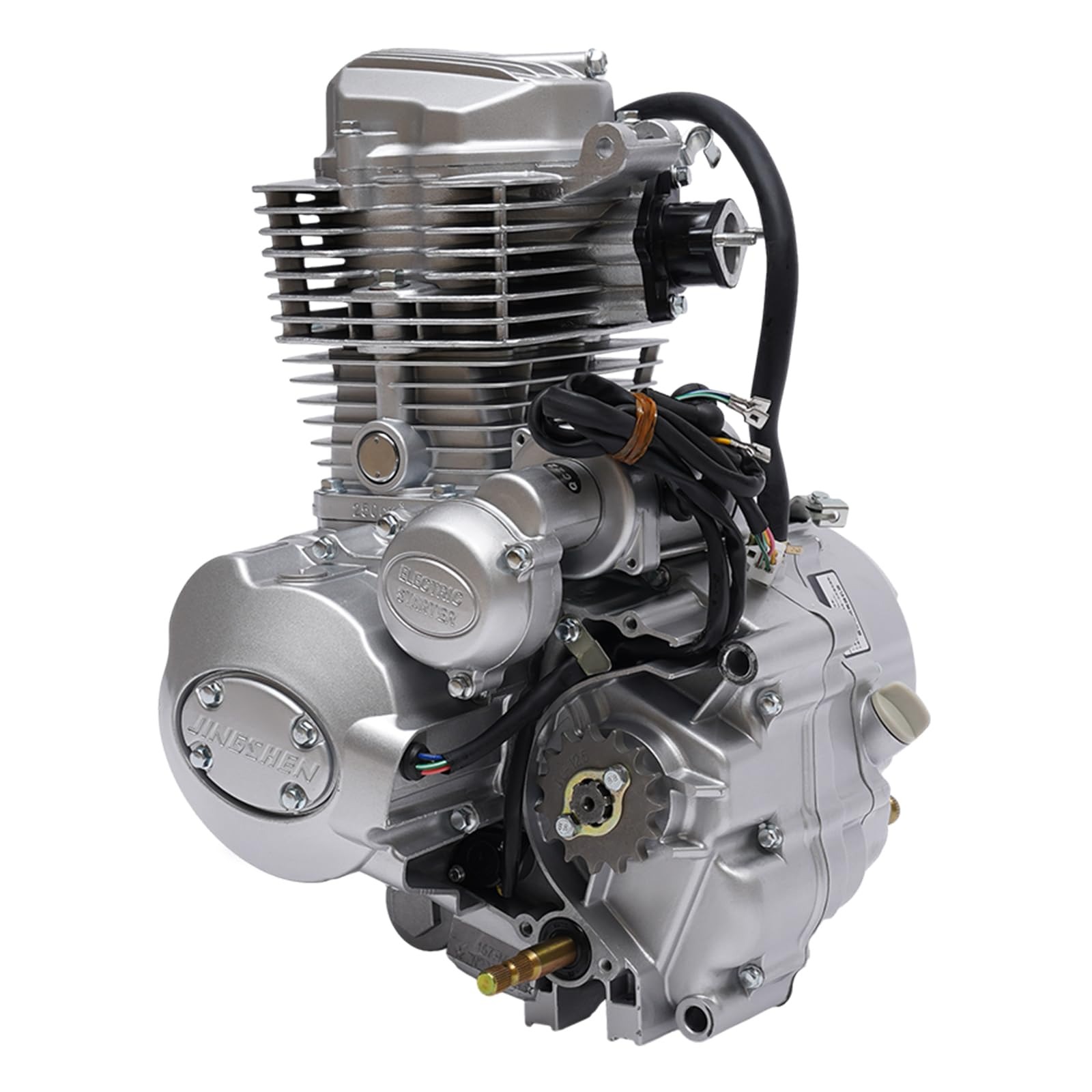
The concept of engine displacement is integral to motorcycle engines explained in a beginner-friendly manner. Displacement refers to the total volume of air and fuel that an engine’s pistons can move through the cylinders in one revolution. It is usually measured in cubic centimeters (cc) and is a key factor in determining a motorcycle’s power and performance.
Engine displacement can impact your ride in several ways:
- Power Output: Generally, a larger displacement means more power because the engine can take in and combust more air-fuel mixture.
- Fuel Economy: Bikes with smaller engines often have better fuel economy. They use less fuel to travel the same distance compared to bikes with larger engines.
- Riding Experience: Motorcycles with larger displacement engines tend to offer a more exhilarating experience with quick accelerations. Conversely, lower displacement engines might not provide the same level of excitement but are more manageable for new riders.
- Insurance and Registration Costs: In many regions, the cost of insurance and registration is influenced by engine displacement, with larger engines typically incurring higher fees.
It’s important to remember that the role of engine displacement goes beyond just the size. The design of the engine, the number of cylinders, and the tuning can all affect how displacement translates into the riding experience. When motorcycle engines are explained for beginners, it’s always essential to consider how the displacement works alongside other engine components to produce the bike’s overall performance.
Engine Maintenance and Care
Proper maintenance is vital for motorcycle engines. It extends the engine’s life and ensures optimal performance. Here are some essential tips:
- Regular Oil Changes: Changing the engine oil at recommended intervals is crucial. It keeps the engine components lubricated and reduces wear.
- Air Filter Maintenance: Keep the air filter clean to ensure the engine gets a proper air-fuel mix. A clogged filter can lower the engine’s efficiency.
- Coolant Checks: If your motorcycle has a liquid-cooling system, it’s important to check the coolant level and replace it as necessary to prevent overheating.
- Chain Lubrication: For motorcycles with chain drives, regular lubrication and adjustment prevent excessive wear on the engine’s output shaft.
- Valve Adjustments: Over time, engine valves may need adjustments to maintain engine performance and ensure smooth running.
- Routine Inspections: Regularly inspect for leaks, unusual noises, or anything out of the ordinary. Early detection of problems can save time and money later.
- Battery Care: Maintain the battery charge, especially during long periods of inactivity, to avoid starting problems.
- Use Good Quality Fuel: Using high-quality fuel helps prevent engine deposits and keeps the engine running smoothly.
- Follow Manufacturer’s Guidelines: Always refer to the motorcycle manufacturer’s maintenance schedule for your specific engine type.
Remember, maintaining your motorcycle engine is not just about preventing breakdowns; it’s also about enjoying a smooth ride. Regular care keeps your machine reliable and ready for the road. With these maintenance tips, motorcycle engines explained clearly meant understanding how to keep them in top condition.
Performance and Upgrading Options
For riders seeking to enhance their motorcycle’s performance, there are numerous upgrading options available. Here we will discuss some popular modifications and upgrades that can help elevate your motorcycle’s power, handling, and aesthetics.
Engine Upgrades
Engine modifications can increase horsepower and torque, resulting in a more powerful ride. Options include:
- High-Performance Air Filters: These allow more airflow into the engine, improving combustion and power.
- Exhaust Systems: Upgrading to a high-performance exhaust can reduce backpressure and increase power.
- Engine Control Units (ECUs): Replacing or tweaking the ECU can refine fuel and air intake for better performance.
- Big Bore Kits: These kits increase the engine’s cylinder bore size, which can significantly boost displacement and power.
Suspension and Handling
Improving suspension can lead to better handling and ride quality. Consider these upgrades:
- Performance Shocks: High-quality shocks can improve comfort and stability on varying terrains.
- Fork Upgrades: Upgraded forks can enhance front-end handling, especially in turns and under braking.
- Steering Dampers: These devices reduce front-end wobble, offering a more controlled riding experience.
Aesthetics and Comfort
For a more enjoyable and personalized ride, riders often look into aesthetic and comfort upgrades:
- Custom Seats: An ergonomic seat design can provide greater comfort on long rides.
- Bodywork Modifications: Custom fairings or paints can give your bike a unique and stylish look.
- Handlebars and Grips: Upgrading these can improve rider ergonomics and control.
Before making upgrades, it’s vital to consider the motorcycle’s intended use and your skill level. Some modifications may affect the bike’s reliability or require more advanced riding techniques.
Always ensure that upgrades comply with local regulations and that they are installed by professionals or with proper guidance to maintain safety. By tailoring your motorcycle to your preferences, you enhance your riding experience and make the most of what motorcycle engines have to offer.
More Details